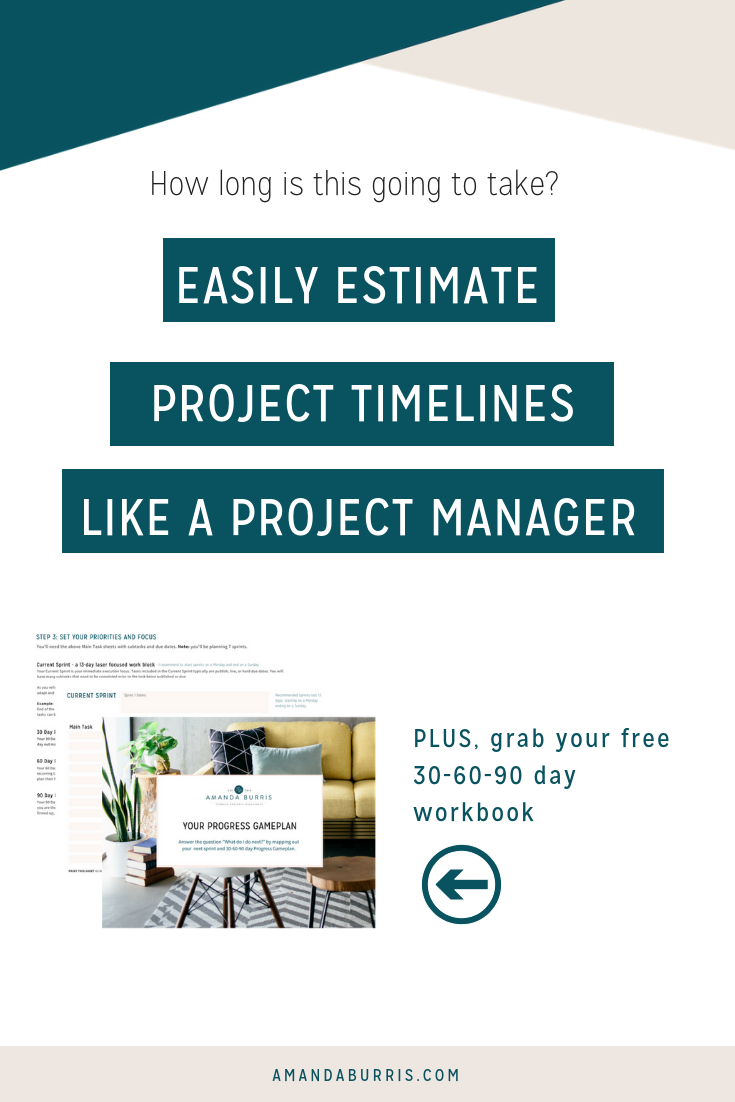 Inevitably, your going to get behind at some point in time. Even if you follow the most creative, adaptable, and color coded project plan there is. It happens. Life happens. One thing breaks, followed by two things, then your entire house gets the flu. Murphy’s law at it’s finest.
Inevitably, your going to get behind at some point in time. Even if you follow the most creative, adaptable, and color coded project plan there is. It happens. Life happens. One thing breaks, followed by two things, then your entire house gets the flu. Murphy’s law at it’s finest.
While it’s my job to be in front of those challenges and adapt quickly, I still get in the weeds.
So today, I’d like to share a strategy I use to make quick decisions and calls when we are faced with a fork in the road.
It’s no surprise that I LOVE a decision matrix. If you’re not familiar with one, here’s the official definition by Wikipedia: A decision matrix is a list of values in rows and columns that allows an analyst to systematically identify, analyze, and rate the performance of relationships between sets of values and information. Elements of a decision matrix show decisions based on certain decision criteria.
This is what every business owner or team leader needs to have in their back pocket. You can create your own decision matrix, but what is really important are the factors we are evaluating.
If we are faced with a YES/NO -or- GO/STOP/PAUSE situation, I always refer back to these 5 factors.
In the Weeds Decision Matrix
- Is it within one sprint of being REVENUE GENERATING?
- Are we MORE THAN 75% complete?
- How many times can we REPURPOSE, upcycle, or reuse in its completed state?
- Do I or my right hand KNOW how all the pieces operate?
- If adjusted, does the TIMELINE still fit within our ideal calendar?
If we are going to have to push through and call in all the troops, we want the project to be WELL WORTH IT. Considering revenue, time involved, multi-use, key knowledge, and timeframes are the top weighted factors we look at. That helps put the initial decision in perspective.
If you start with those 5 initial factors, you can then consider other information:
- how much you love this project?
- how much your team is involved?
- how it fits into your (or your team’s) superpowers?
- how this affects other projects, offerings, or services?
- how it affects your remaining 30-60-90 day plans?
- how long until it can be re-activated -or- back burnered?
Everybody gets in the weeds. BUT those crucial calls and fork-in-the road decisions are what help you get out of it.
Many times, we have to clear all active or open ended projects to get us back on track. On the flip side, sometimes we make the call that the ROI is simply not there, because we would have to add time to salvage the project PLUS time to finish once we are back on track.
This decision matrix helps objectively look at projects and make quick decisions. You can make a solid informed decision when the timeframe and pressure is felt on your shoulders.
Part of planning is sticking to your gut and being adaptable at the same time. Your Progress Gameplan helps takes the guesswork and annoyance of planning and puts everything into perspective.


